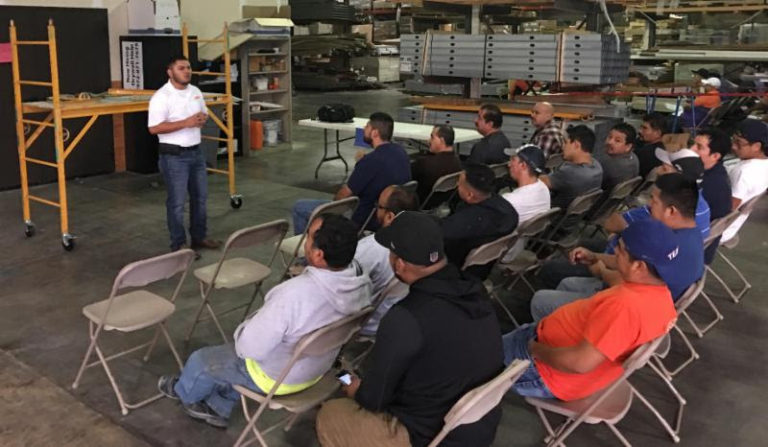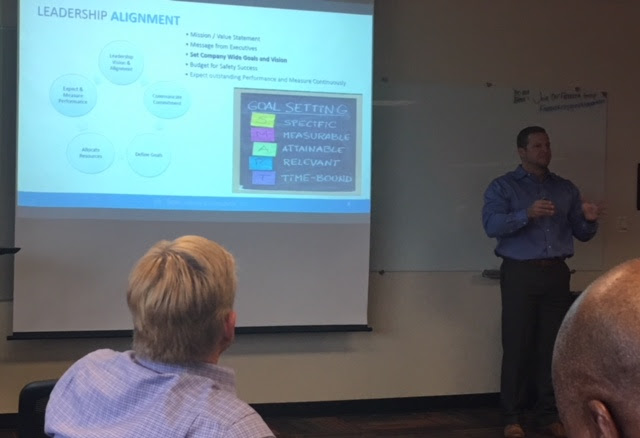
Accidents and injuries in the workplace can be very frightening to most companies in corporate America today. The US Department of Labor reported a total of 2,857,400 OSHA recordable cases in the US across all business sectors.
If we add numbers and dollar signs associated with those numbers, that means that the average back injury (sprain/strain) can cost more than $10,000 in direct costs (NSC Statistics) and anywhere from $30,000 up to $100,000 in indirect costs!
For a small growing company, this could mean putting their business in jeopardy financially, or impact their reputation in a negative way at an early stage of growth. For larger companies, this could mean years of paying out injury related and legal expenses.
To further understand the effects of injuries, this article sets forth some basic standard operating procedures employers can implement to understand the true cost of injuries in their workplace.
Effects of accidents and injuries in the workplace
Workplace accidents and injuries have several negative effects on employees, families, management and the company as a whole. Effects of injuries in the workplace include:
- Financial costs from fines, medical treatments, death, survivor benefits, and safety corrections.
- Lost time from disabling injuries, both from the injury itself and follow-up medical checkups after the injured employee returns to work.
- Damage to employee morale leading to lower productivity.
- Lower productivity while the injured employee is off work.
- Reduced trust in management.
- Increased absenteeism and turnover because employees don’t feel safe on the job.
However, accidents and injuries can also have the positive effect of focusing attention on safety issues and accident prevention. When an accident occurs, many employers don’t understand that the way each case is handled and the amount of care that members of management put into it, is the final impression that is transmitted to all employees.
If employees see that their employers take each accident and injury very serious, they’re more likely to assist in accident prevention programs and a positive morale will be present.
Estimating costs of accidents
Management needs to be able to determine the cost of accidents in order to prove that accidents are more costly than prevention programs. To estimate the cost of accidents, management members need to do the following:
1.Divide accidents into major classes:
-
- Those involving lost workdays, permanent partial disabilities, and temporary total disabilities.
- Those requiring treatment from an outside physician.
- Those treated with first aid on site, with minimal property damage and work loss time.
- Those requiring no first aid or physician visits.
-
- Lost work hours
- Medical costs
- Property loss and damage
- Insurance premiums
- Hidden costs such as the cost of the investigation and emergency response.
Once the cost of several accidents over a period of time is known, an estimate can be made of the average cost of an accident in each class. This helps management create incentive programs and also new or improved accident prevention programs.
 Alan Hurtado
Alan Hurtado


